Visit Coimbra: what are the best things to do and see in this city of central Portugal?
Rich in traditions, the old university town of Coimbra is halfway between Lisbon and Porto in the old hilly province of Beira Litoral. The city stands on the right bank of the Rio Mondego, the river bypassing the hills of the Serra de Lorvão. Anchored in history and long regarded as the cultural and intellectual centre of Portugal, the Coimbra district is a timeless destination that inspired the works of renowned poets and writers, old traditions of melancholic serenades of Fado, and a unique legacy of fierce academic rituals. With its beautiful ancient buildings, many of which date back to Manuel 1st (15th century), Coimbra deserves a visit of a few days during your trip to Portugal. We listed for you. best things to see in Coimbra .
1. Universidade de Coimbra (University)
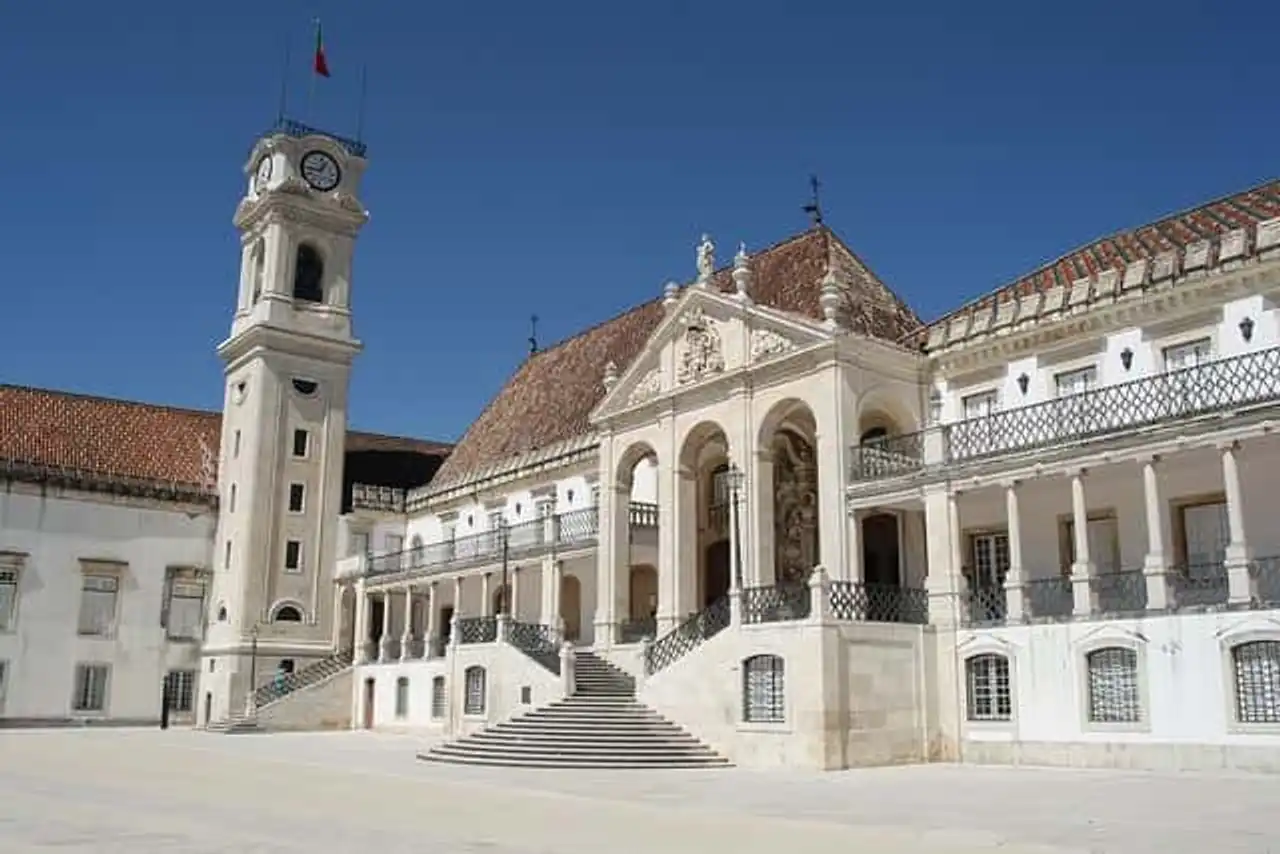
Flickr – François Philipp
It is the treasure of Coimbra. One of the oldest universities in Europe , in the same way as Oxford or La Sorbonne, the University of Coimbra was founded in 1290 by King Denis 1er. It is first located in Lisbon and will move to Coimbra many times before returning to the capital. In 1537, the Universidade settles permanently at “Coïmbre” running the top of the city in the old walls of the palace of the Alcaçova.
Apart from the grand architecture of the work, the Joanina Library of the 18th century is a real gem and will dazzle you by its opulence of baroque inspiration, its magnificent paintings deceived the eye and its endless shelves. Containing a total of 300,000 works, these encestral relics were impeccablely preserved. Don't miss visiting the different palace University, University chapel of São Miguel and the tour , from which you will have a magnificent view of the city. Nearby, the Rua da Sofia was registered at UNESCO at the same time as the University of Coimbra.
Depending on the period of the year you visit the university, you will see the students dressed in their traditional clothes. ♪ 20,000 students of the University of Coimbra are entirely part of the life of the city. Without anything on the head, they wear a long black dress ( batina ) under a black cape ( capa ), with a ribbon ( fita ) of different color depending on the faculties. On the occasion of the Queima das Fitas , the end-of-year celebration held in mid-May, these ribbons are ritually burned as part of a giant feast.
2. The Jardim Botânico
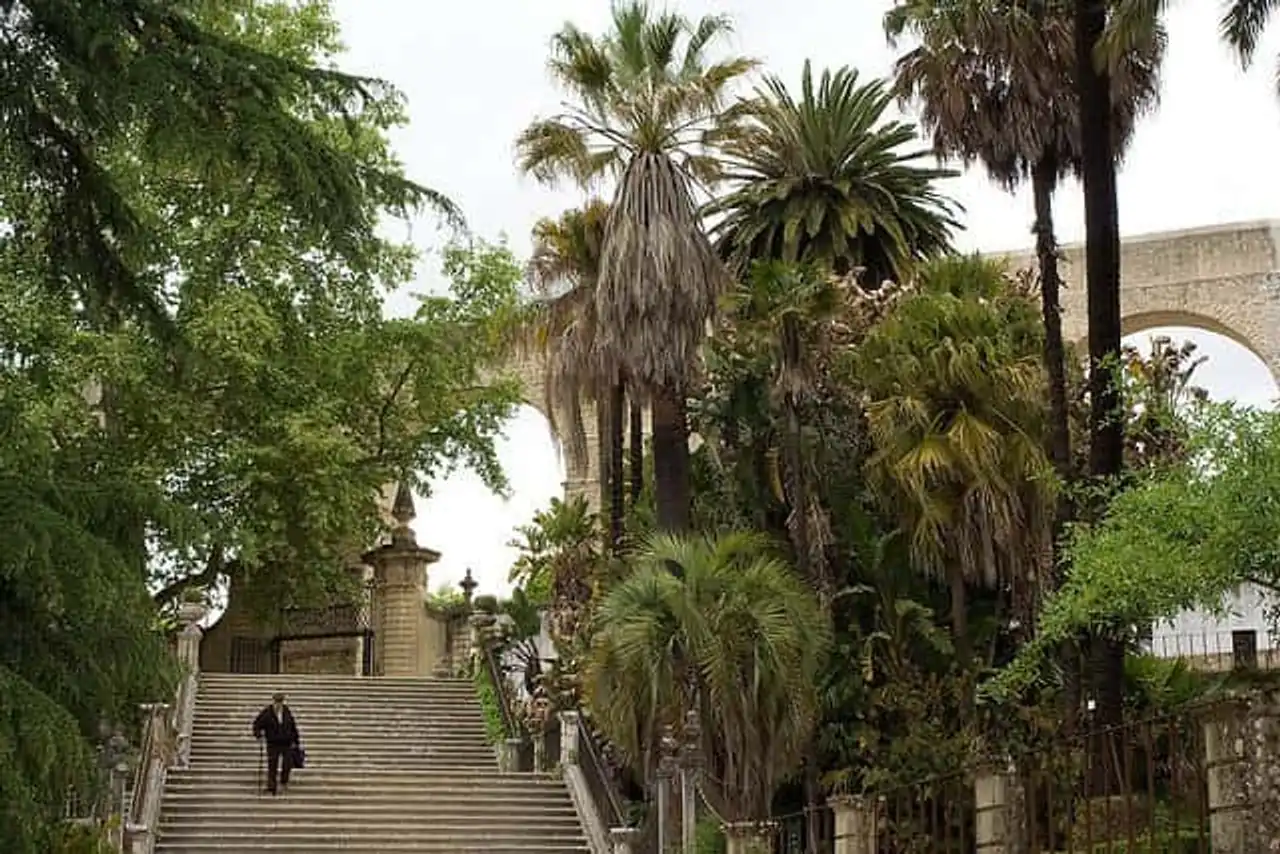
Flickr – Marco Varisco
Get out of the university by the Porta Férrea (Porte de Fer) and walk straight to the Praça Dom Dinis , then descend to the right towards the aqueduct of the 16th century to arrive at the entrance of the Jardim Botânico (Botanical gardens) commissioned by the Marquis de Pombal and arranged in terraces on the slopes of the Mondego valley. The park has many basins, fountains, statues and many subtropical plants.
3. Praça do Comércio
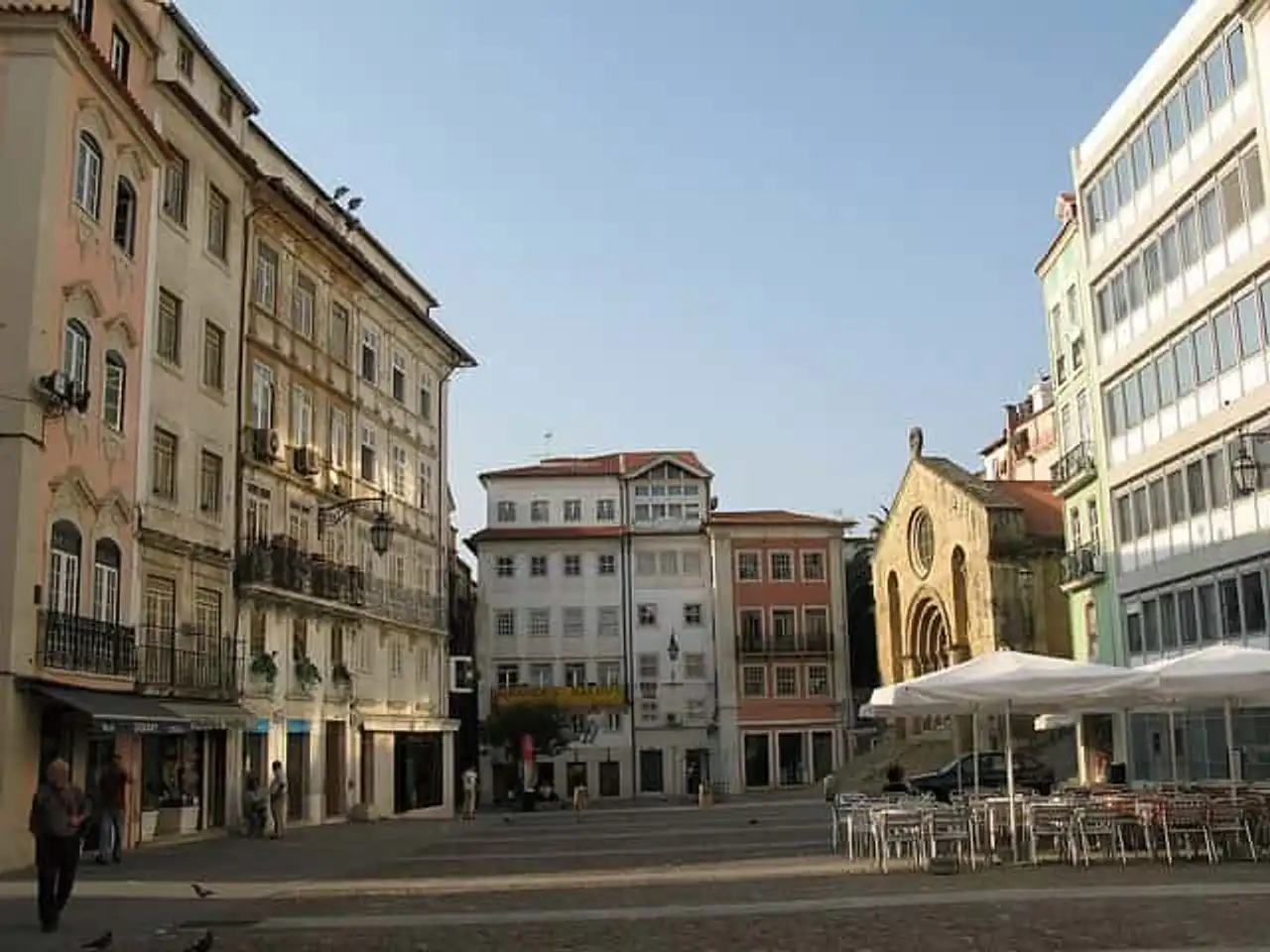
Flickr – ho visto nina volare
West of the Rua Visconde da Luz is the Praça do Comércio, former market place City. Today one of the most impressive squares in Portugal, it deserves a moment’s attention to the terrace of a café, looking at the facades of the neighbouring houses, which have long been those of artisans.
At the northern end of the Praça do Comércio stands Romanesque church of Sao Tiago (or Church of Santiago), founded by Ferdinand I of León says "the Great", in the 11th century, thanks for the reconquest of the city in the hands of the Moors. Reconstructed and rebuilt on several occasions, the different styles blend well together, both inside and outside.
4. The Mosteiro de Santa Cruz (Monastery of the Holy Cross)
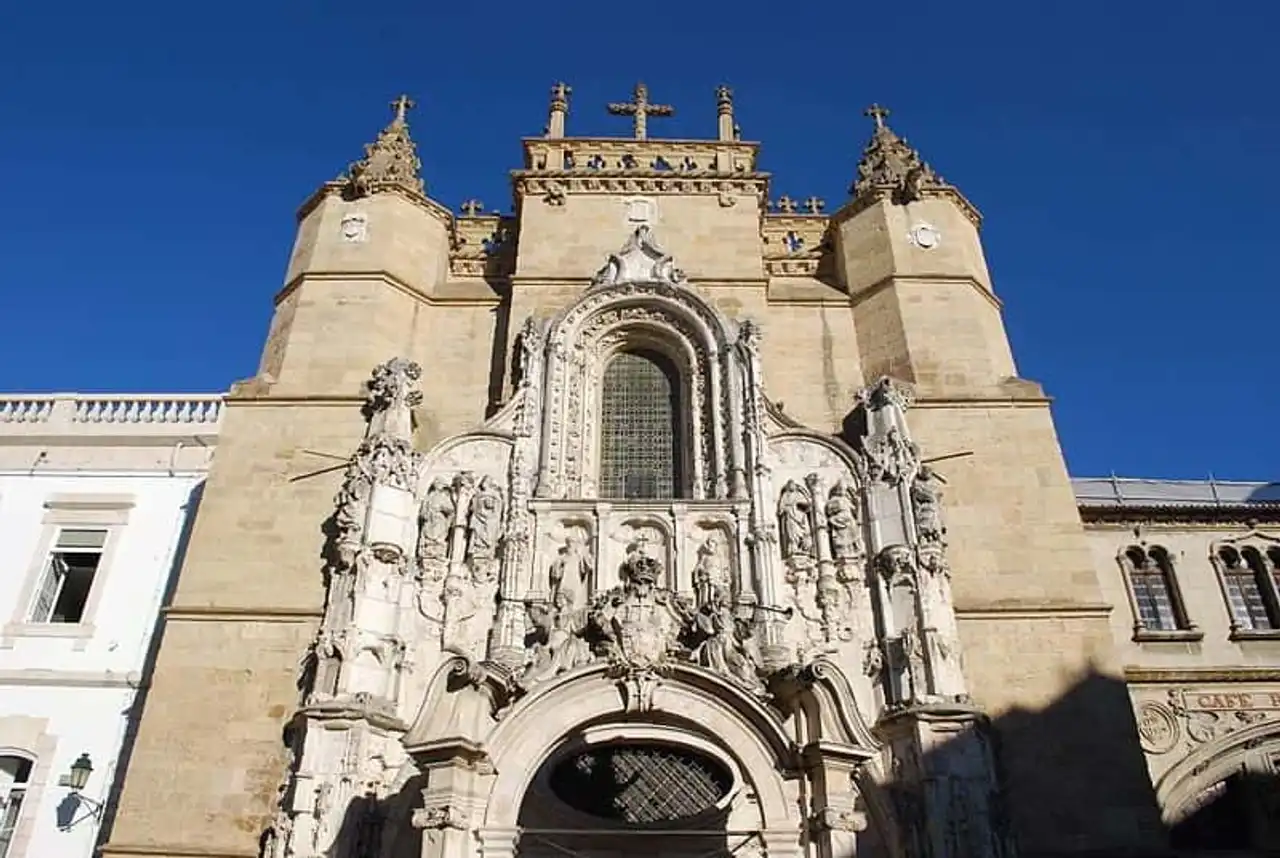
Wikimedia - Concierge.2C
The monastery of Santa Cruz is historically important, both for its Romanesque and baroque architecture and for having the first two kings of Portugal, Afonso Henriques and his successor, Sancho I, buried here. Founded in 1131 by the Canons of Saint-Augustin, it presents an incredible Renaissance porch of the 16th century. The interior of the monastery is equally impressive with its vaulted keys, its baroque decoration of azulejos, and its organ.
Not far from there, on the other side of the square, do not miss the Jardim da Manga Also called the cloister of Manga.
5. Portugal dos Pequenitos (Portugal of the Little)
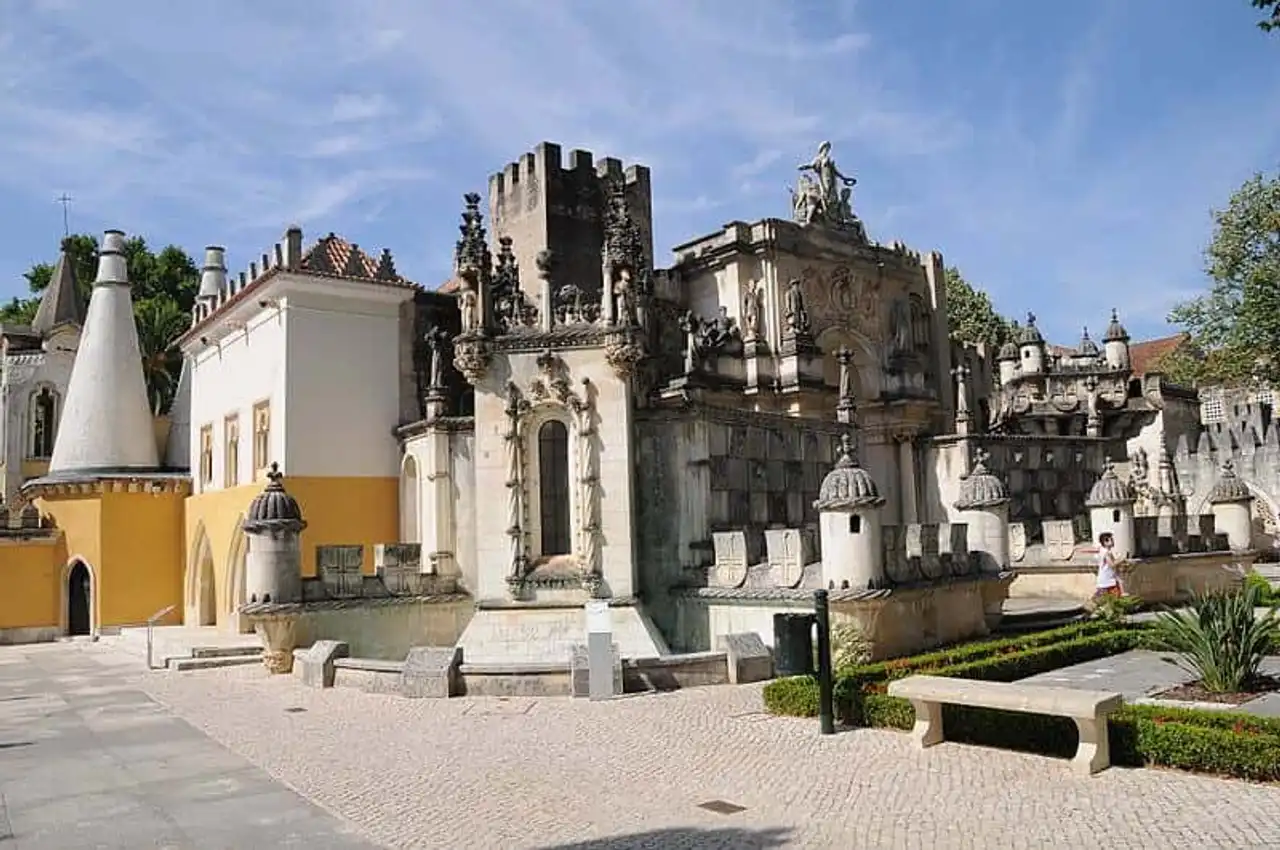
Wikimedia – José Goncalves
In front of the monastery of Santa Clara is the Portugal dos Pequenitos , a miniature village created in 1940 aiming to make discover to the smallest and largest, Portugal and its heritage through its history, geography and architecture. There are reproductions of the most important buildings in the country and typical monuments and dwellings of the former colonies of Portugal (Macau, Timor, Cape Verde...) It’s a good idea to visit if you came with a family.
6. Monastery of Santa Clara a Velha
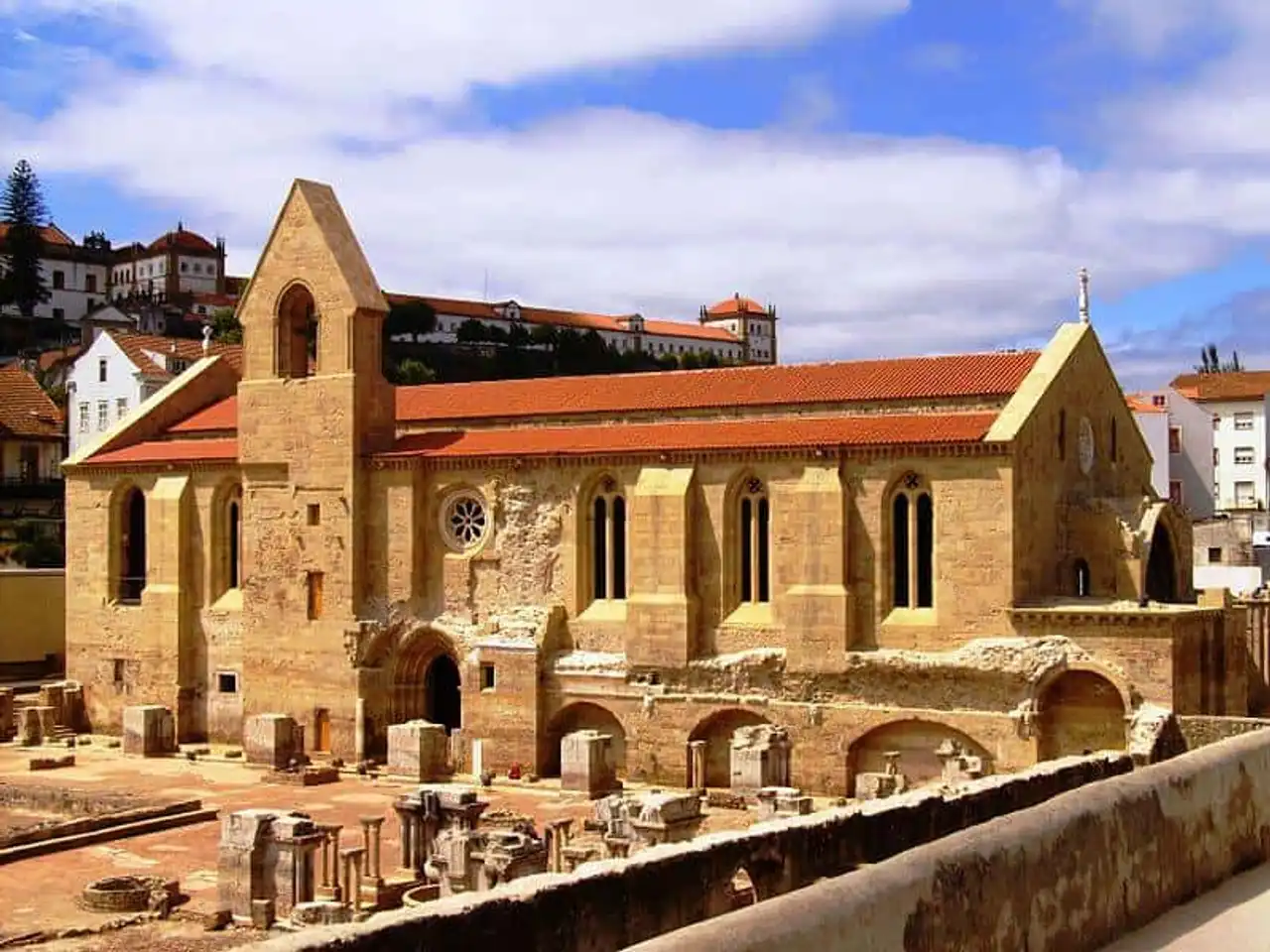
Wikimedia - Carlos Luis M C da Cruz
On the left bank of the Mondego, the ruins are partly ruined Gothic monastery of Santa Clara-a-Velha , founded in 1286, which was gradually destroyed by the floods of the river. Fut a time when Elisabeth of Portugal (Isabelle d’Aragon) was buried here, after spending his last ten years of his life in Coimbra. After the floods, his tomb was moved elsewhere.
7. Machado National Museum of Castro
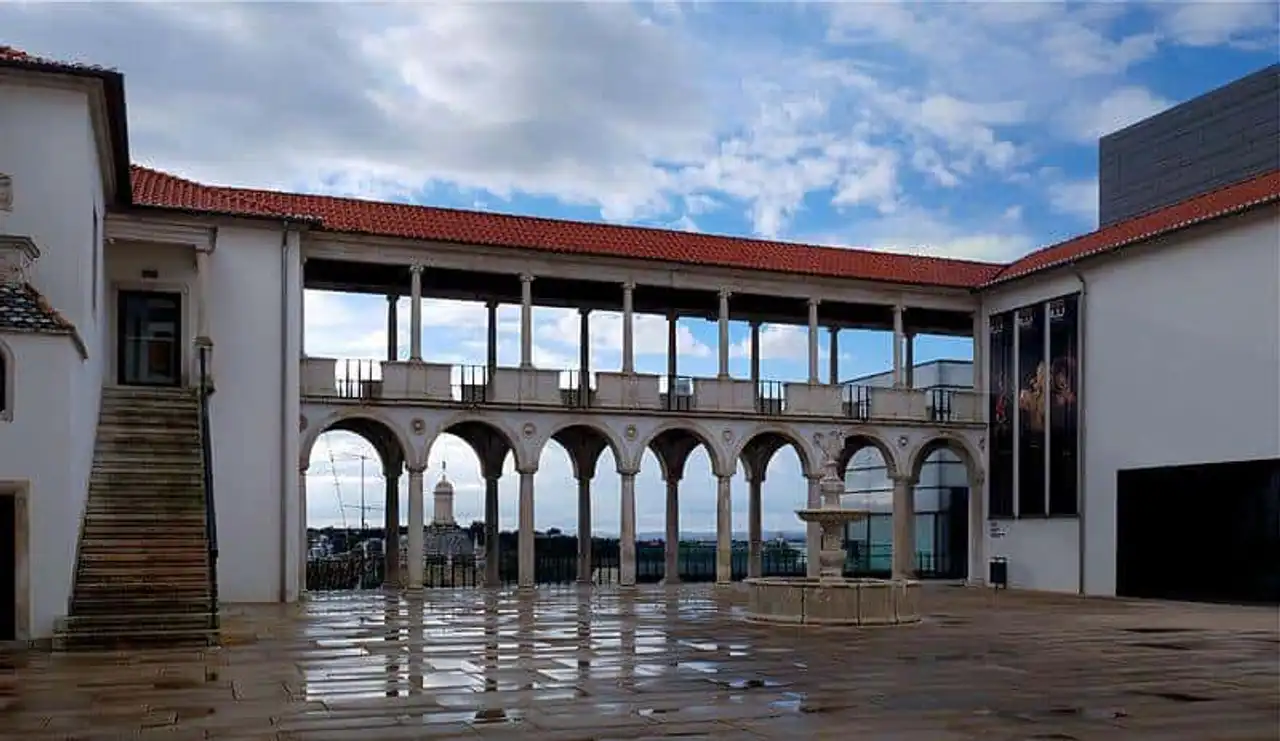
Wikimedia – Alvesgaspar
In a former episcopal palace of the 12th century (remanated at the end of the 16th century), Museu Nacional Machado de Castro was named after the famous eponymous sculptor, born in Coimbra in 1731. You will have understood this, this museum is dedicated to art, especially sculptures from the Middle Ages to the 18th century. The museum also exhibits objects from Roman excavations, medieval sarcophagus, Gothic and Romanesque sculptures in stone and wood, goldsmithery, furniture, tapestries, porcelain, paintings (including some notable Flemish paintings). There is also a special exhibition dedicated to the work of modern Portuguese painters or a part dedicated to religious art.
8. The Cathedral Velha
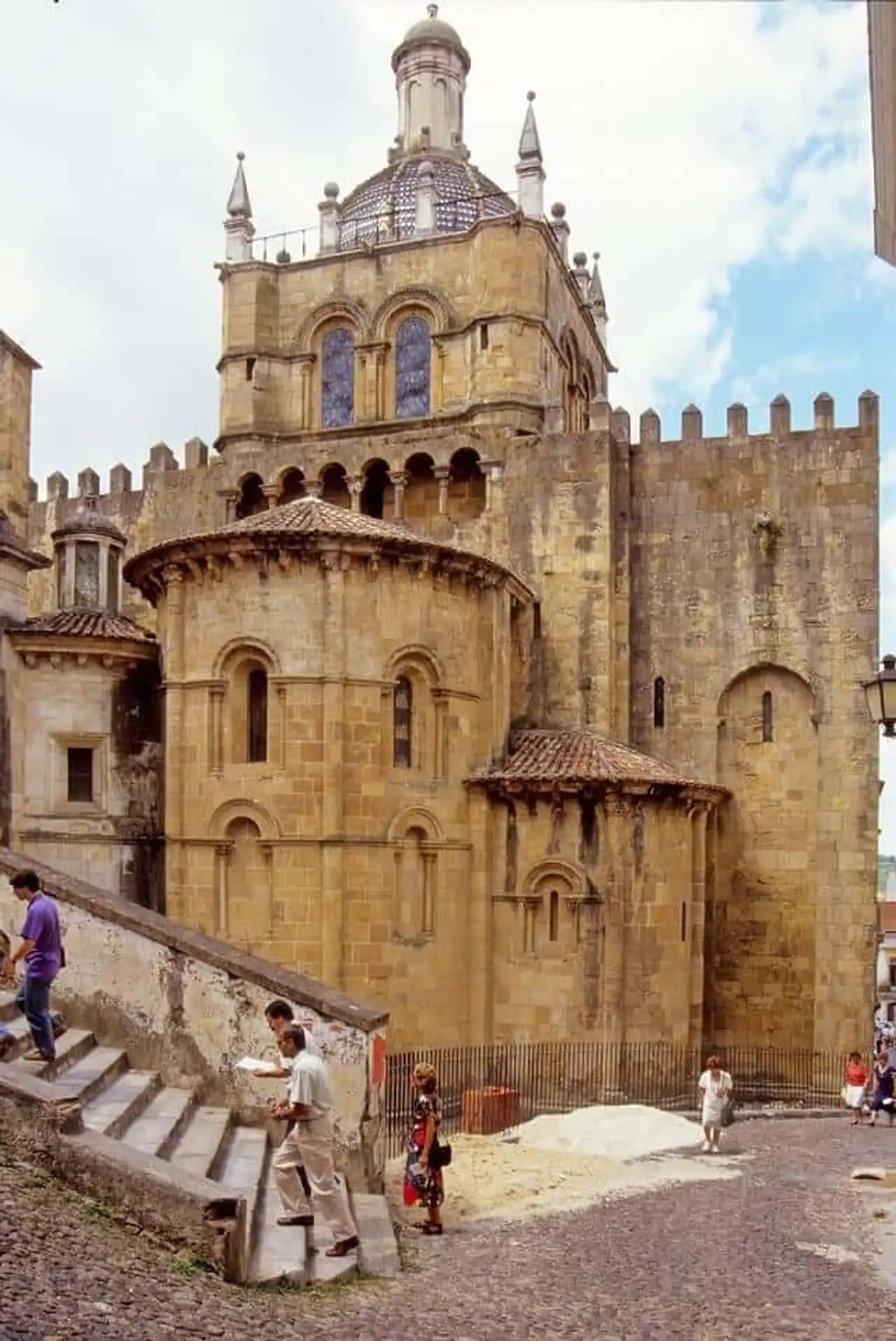
Flickr – Benjamin Rossen
Se Velha , the old cathedral, is among the most important in Portugal. His construction began in 1140 (on the orders of King Alfonso Henriques) to end in 1185. With its imposing Romanesque structure with oriental influences, its magnificent and flamboyant retables of the 16th century, its exceptionally well-worked manulin baptismal funds and its Gothic cloister, the ancient cathedral is a compulsory visit to Coimbra.
9. Nightlife in Coimbra
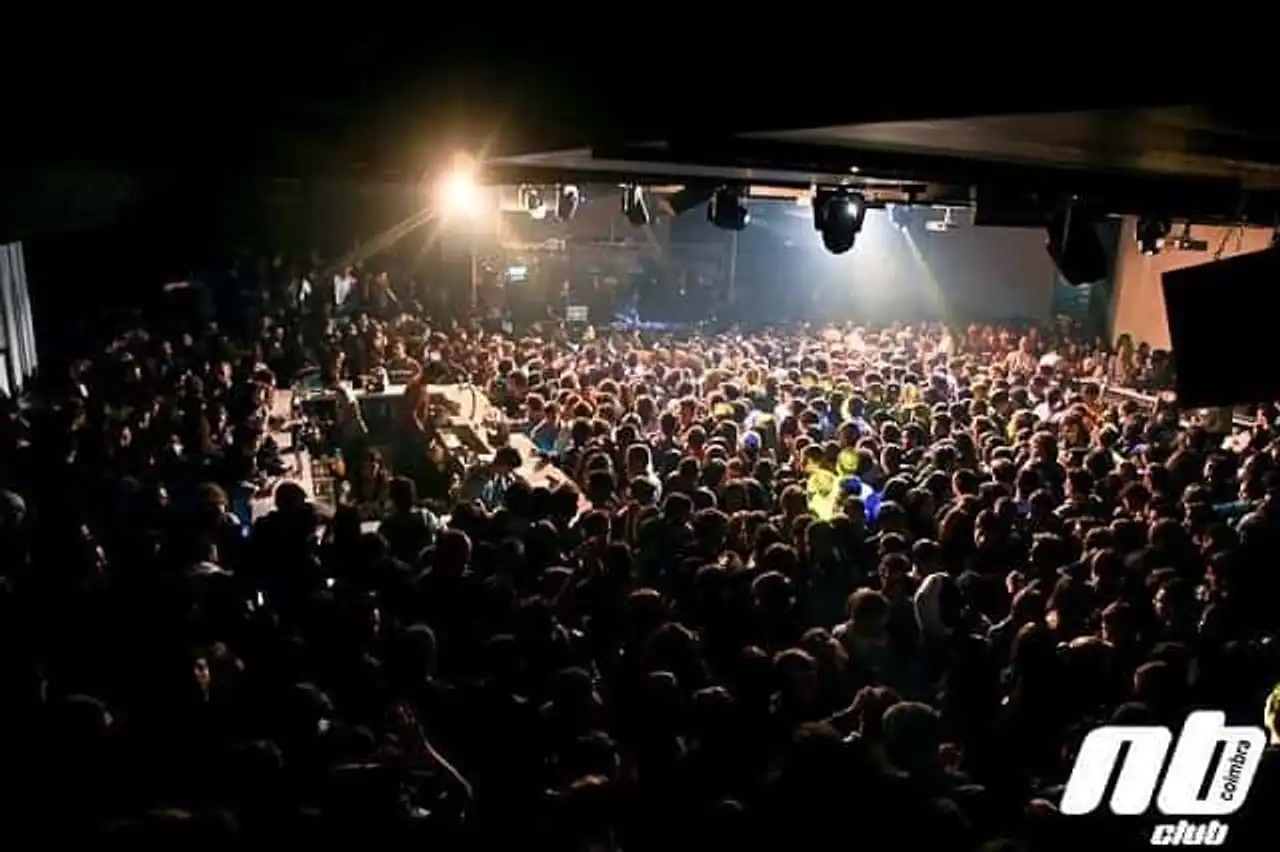
Credit – facebook.com/nbclubcoimbra
Nightlife in Coimbra is animated and varied, as you may doubt. Indeed, the student population, very strong, regularly goes out to bars and clubs in the city. To meet the students and Have a drink cheap, go to bars around the Velha Cathedral. On the Praça 8 de Maio , there are some nice bars like the Café Santa Cruz for example. To listen to Fado live, go to In Capella Rua Corpo de Deus. For clubs, here is a good address: Bridge Praça Machado Assis. Remember that at the end of the academic year celebrations in May, the Queima das Fitas attracts all students, and is an excellent time to come to them party .
10. In the vicinity of Coimbra: the ancient city of Conimbriga
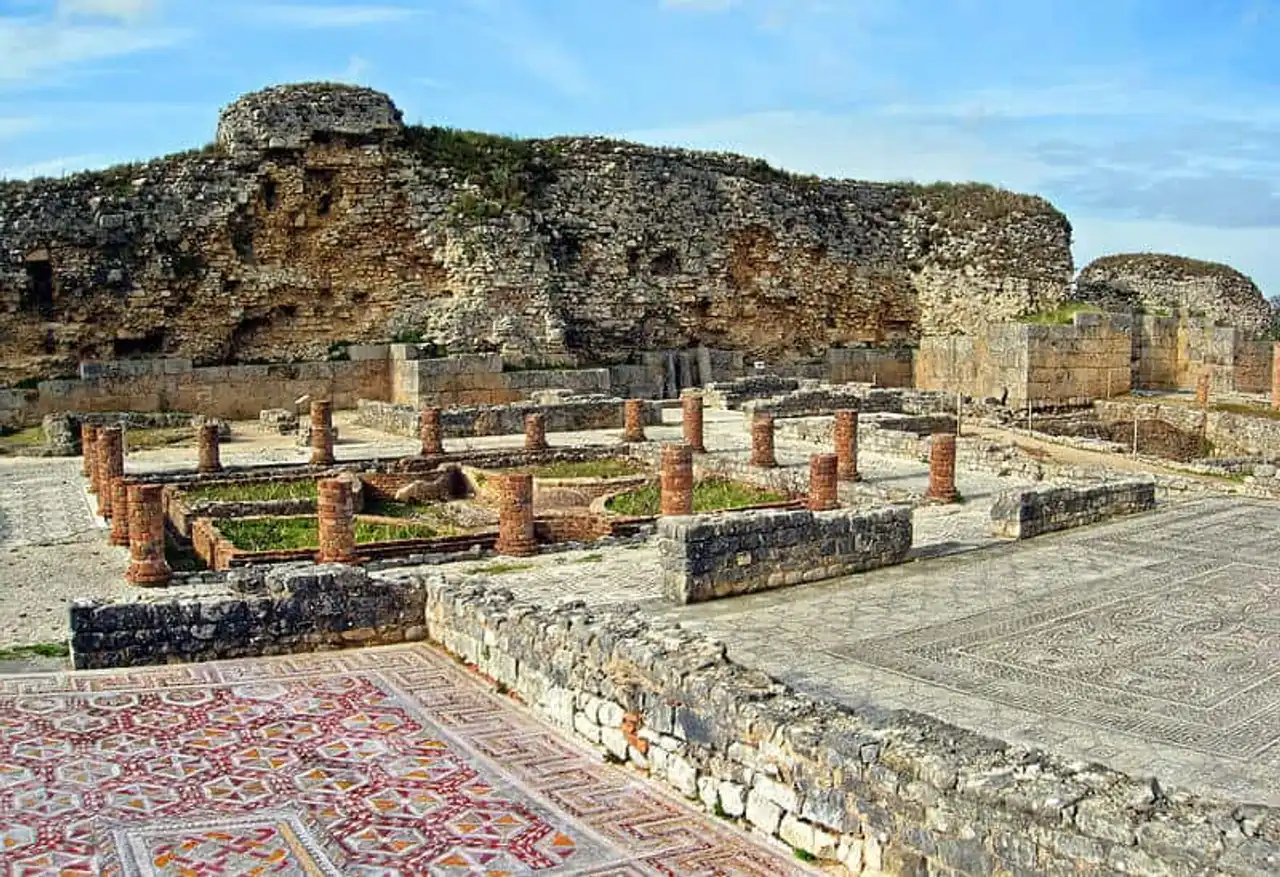
Wikimedia – Andreas Trepte
Conimbriga is 16 km southwest of Coimbra and was founded in the second century BC and destroyed by the Suèves in 468 AD. Although the excavations are still under way, there is no doubt that it is the most important ancient Roman city in Portugal. The many vestiges of dwellings, baths and fountains and their mosaics, some of which are very well preserved, testify to the richness and good taste of the inhabitants of Conimbriga once.
11. Other ideas for visits to Coimbra
Through the streets of Coimbra or around, you will be led to see other monuments and activities including some ideas:
- University Science Museum
- Food pasteis from Padaria Pastelaria Coimbradoce (Avenida Fernão de Magalhães)
- The villa and the gardens of the Quinta das Lágrimas
- The streets of Alta and Baixa
- The Arc de Almedina via the Rua Ferreira Borges
- The New Cathedral
- In the direction of the coast and Figueira da Foz, the fortified village of Montemor o Velho was built on a hill in the middle age
Coimbra: How to get there? Where to stay?
Coimbra has no airport. The most ready is that of Porto, then comes that of Lisbon. Coimbra can thus complete a 2-3-day visit if you want to visit both Lisbon and Porto. The best solution to get to Coimbra is therefore by train , the city being located 1h from Porto and 1h45 from Lisbon. The price varies between 15 and 22€ depending on the city of departure. To find cheap flights to Porto or Lisbon, do not hesitate to compare prices on Skyscanner .
To find a cheap hotel in Coimbra, search our website Compare hotels .
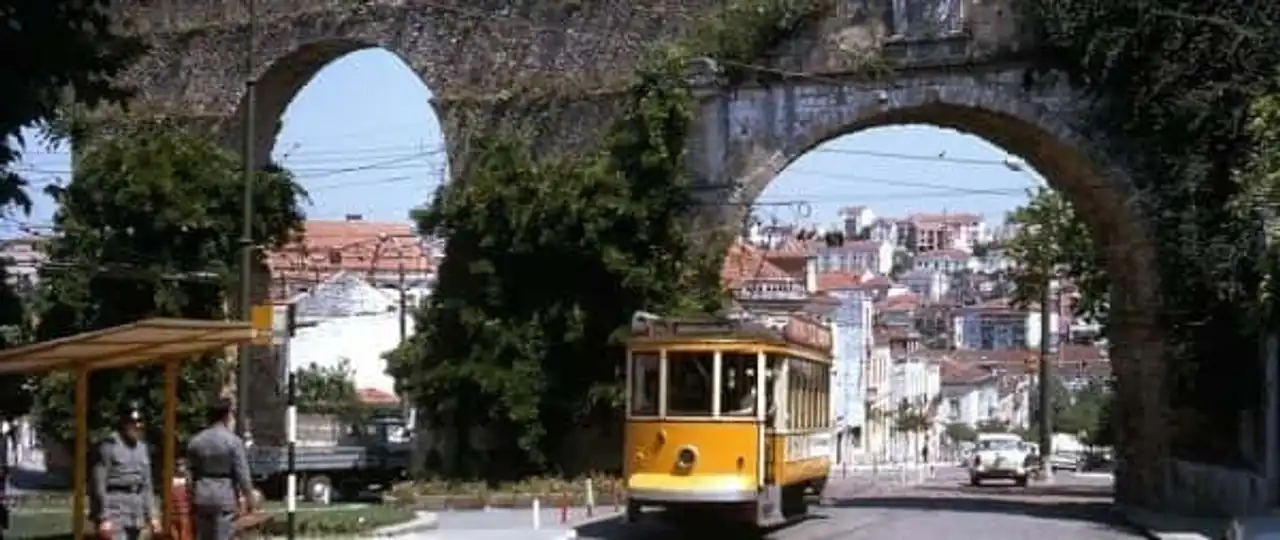





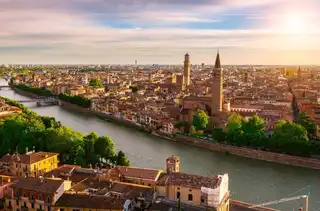
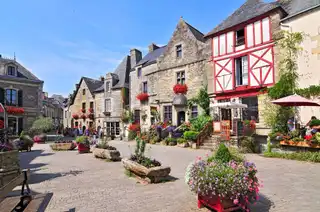
Loading comments ...